Knolling layouts - AI-Powered Visual Organization
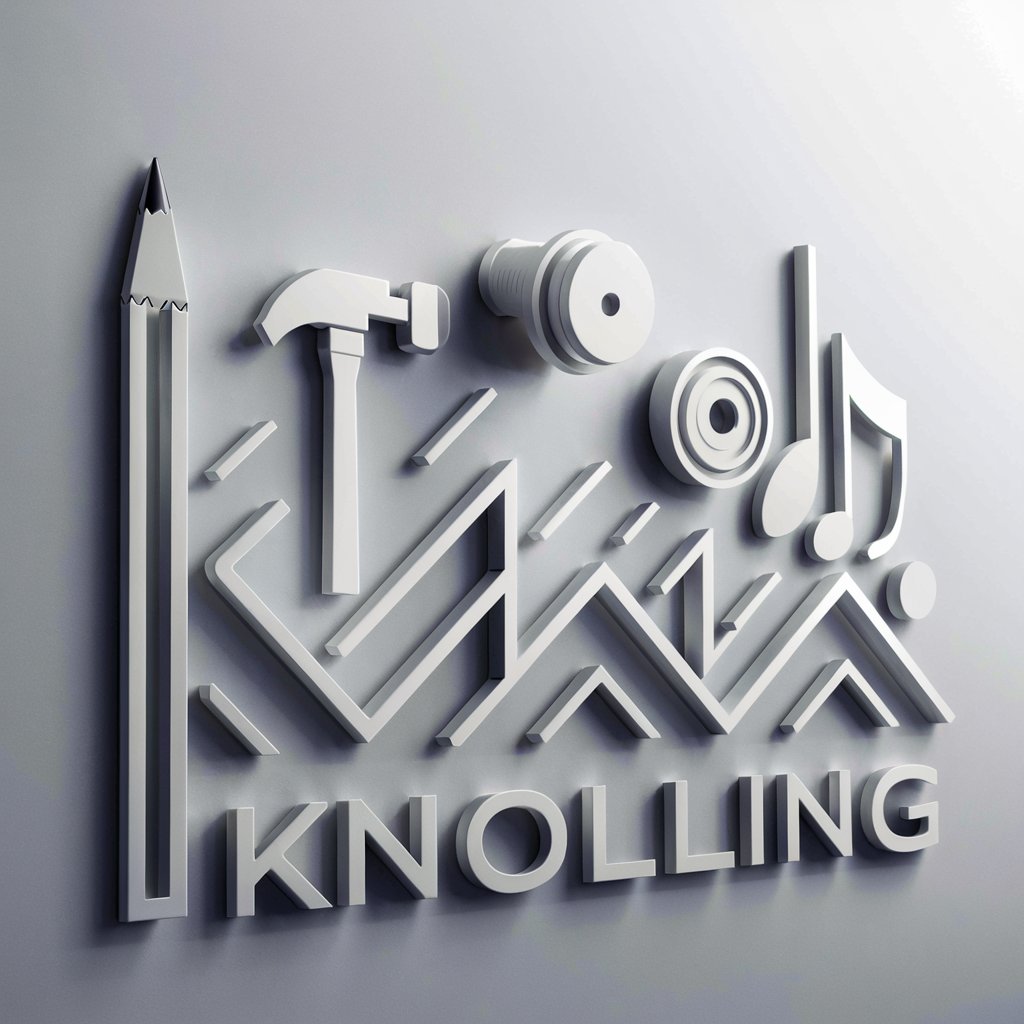
Welcome! Let's create stunning knolling layouts together.
Streamline Layouts with AI Knolling
Arrange items for a photographer's knolling layout, ensuring cameras, lenses, and accessories are perfectly aligned.
Design a knolling setup for a chef, featuring knives, utensils, and ingredients in an orderly fashion.
Create a knolling layout for an artist, with brushes, paints, and sketchbooks neatly arranged at right angles.
Organize a knolling display for a gardener, including tools, seeds, and gloves arranged methodically.
Get Embed Code
Understanding Knolling Layouts
Knolling layouts involve the process of arranging objects in parallel or at 90-degree angles to create an organized and aesthetically pleasing display. Originating in the 1980s by Andrew Kromelow, a janitor at Frank Gehry's furniture fabrication shop, the term 'knolling' comes from the Knoll furniture company known for their angular furniture. This method emphasizes order and discipline in the visual arrangement, making it ideal for showcasing the components of a project, the contents of a collection, or the tools for a task. For example, a mechanic might use knolling to display all the tools and parts needed for an engine rebuild, making the workspace both functional and visually appealing. Powered by ChatGPT-4o。

Core Functions of Knolling Layouts
Visual Organization
Example
A photographer knolls camera equipment for a promotional shoot.
Scenario
By arranging lenses, cameras, and accessories in a knolled layout, the photographer not only showcases the equipment attractively but also visually communicates the range and function of each item.
Inventory Management
Example
A chef uses knolling to organize kitchen tools before a cooking class.
Scenario
This approach allows both the chef and students to quickly identify and access the necessary tools, improving efficiency and engagement during the class.
Project Planning and Execution
Example
An artist preparing for a large-scale installation.
Scenario
Knolling the materials and tools needed for the installation helps in planning the project, ensuring all necessary items are accounted for before the work begins.
Educational Tool
Example
A science teacher arranges lab equipment and materials for a class experiment.
Scenario
Knolling these items can help students understand the setup and procedure before starting the experiment, enhancing the learning experience.
Who Benefits from Knolling Layouts?
Artists and Photographers
These creative professionals can use knolling to stage their materials, artworks, or photography equipment, creating visually engaging content for their audiences or for organizational purposes.
DIY Enthusiasts and Crafters
Individuals engaged in DIY projects or crafting can benefit from knolling by laying out their tools and materials, making the workflow smoother and visually documenting the process for sharing.
Educators and Trainers
Teachers and trainers can utilize knolling to prepare and present materials and equipment for lessons, workshops, or tutorials, enhancing clarity and student engagement.
Professional Organizers
Professionals in organization can demonstrate their methods and the benefits of decluttering through knolling, showing before and after scenarios in a visually appealing manner.

Steps for Using Knolling Layouts
Begin Your Trial
Start by visiting yeschat.ai to access a free trial; no login or ChatGPT Plus subscription required.
Gather Materials
Collect all items you want to include in your layout. Ensure they are clean and represent the theme or purpose of your knolling.
Arrange Neatly
Lay out your items on a flat surface, arranging them at 90-degree angles or parallel to each other for a visually structured look.
Optimize Lighting
Use bright, indirect lighting to enhance the visibility of your objects without causing shadows or reflections.
Capture & Use
Photograph your knolling layout from above. Use these images for documentation, education, or marketing materials.
Try other advanced and practical GPTs
Genie Notes
Transforming Text into Visual Learning

Ad Creator Pro
Craft Ads That Convert, Powered by AI
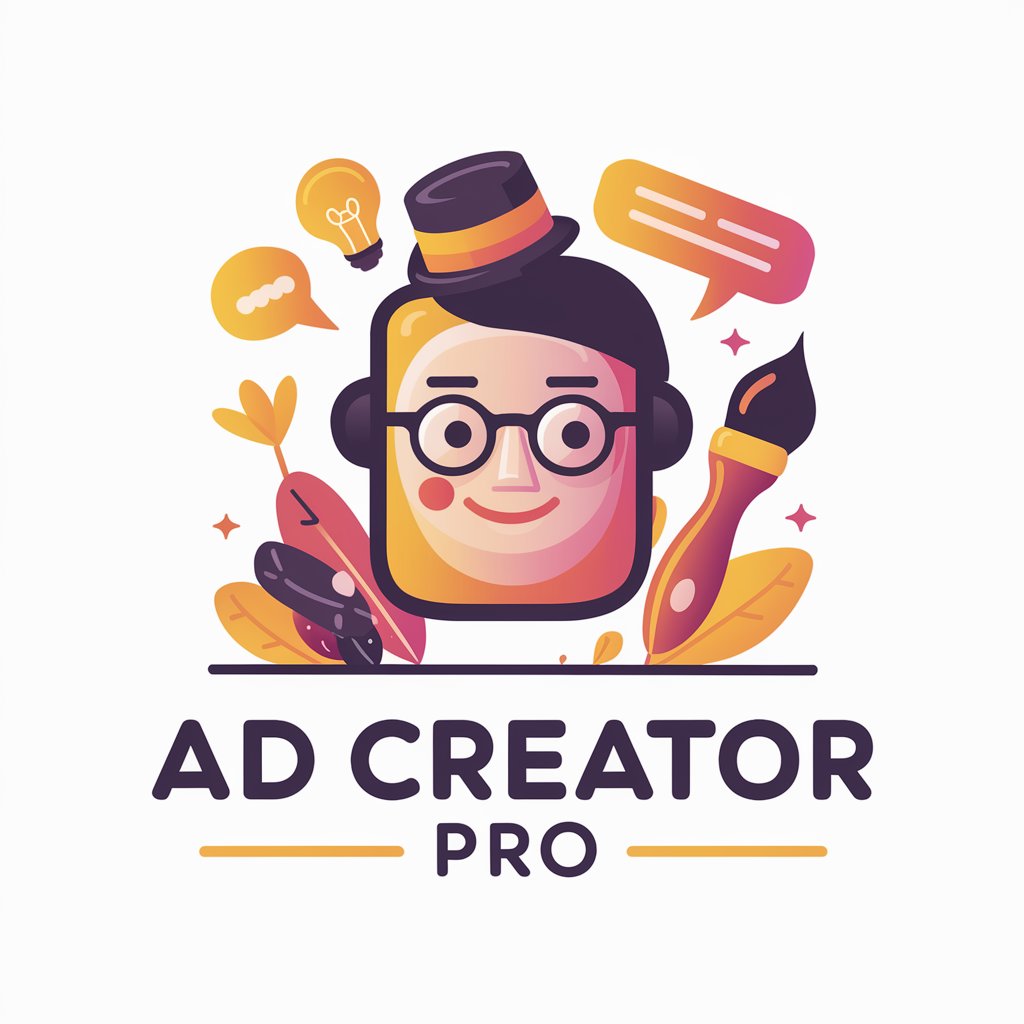
Web Creator Pro
Crafting professional sites with AI simplicity.

ALEX The Lyric Wizard
Craft your song's story with AI-powered lyric wizardry.

Menu Maven
Elevate Dining with AI-Designed Menus
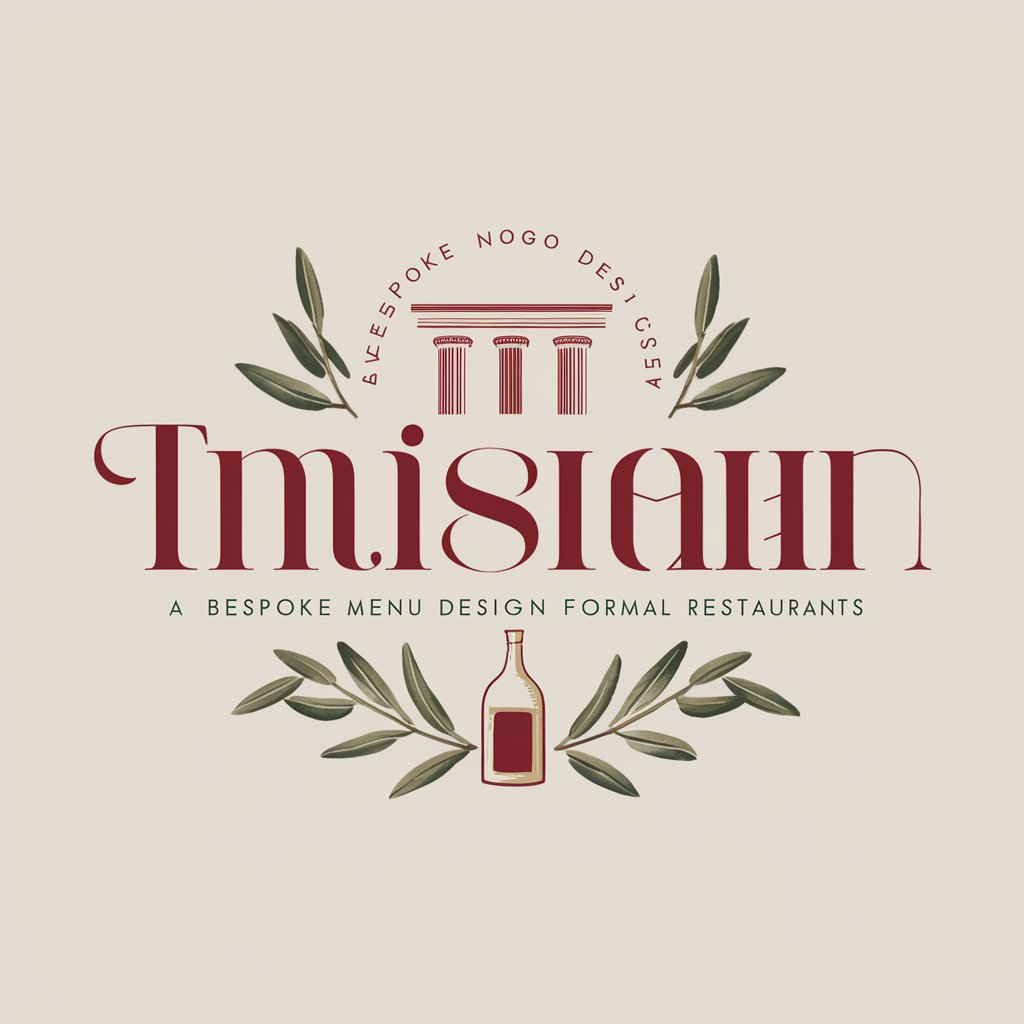
GraduatePro
Elevating Your Academic Writing with AI

Lecture Cruncher
Revolutionizing Orthopaedic Learning with AI

Calorie Cruncher
Empowering your diet with AI precision.
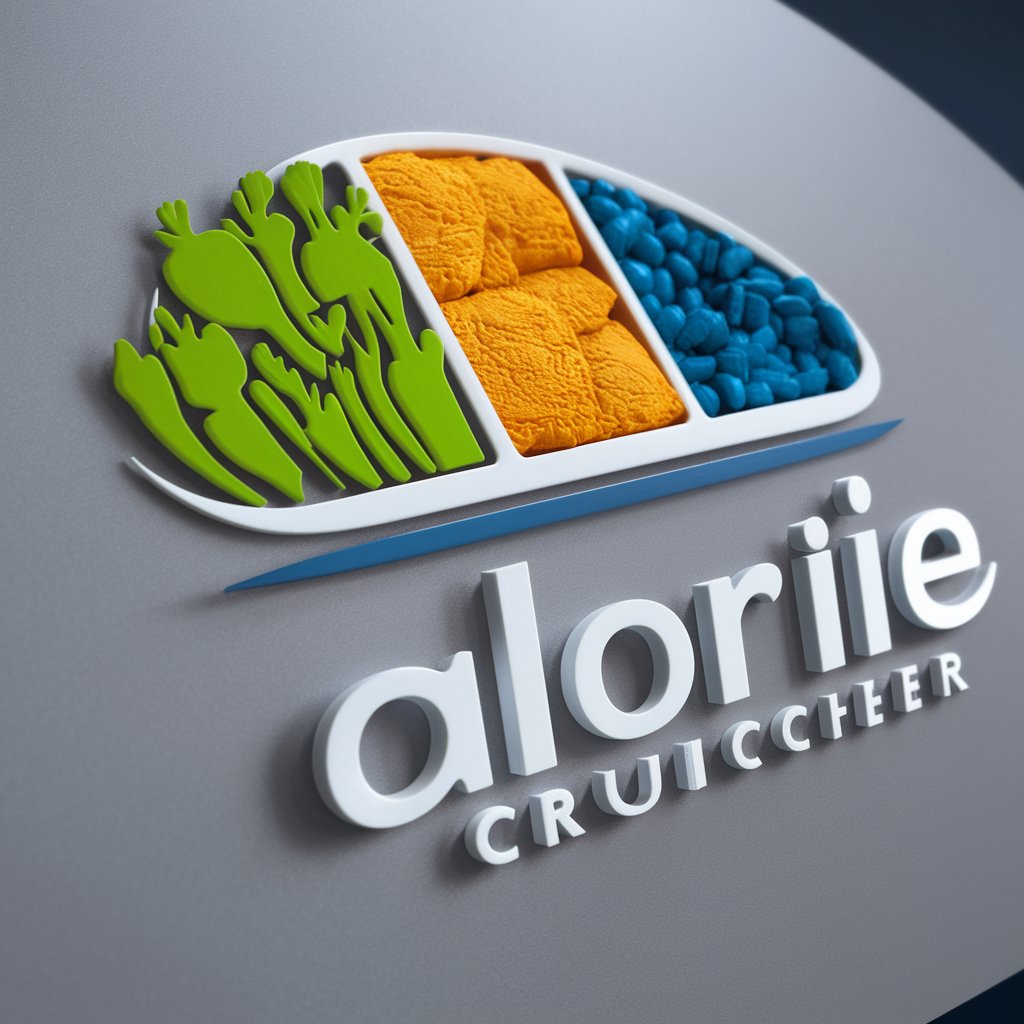
Meeting Cruncher
Revolutionize Meetings with AI-Powered Insights
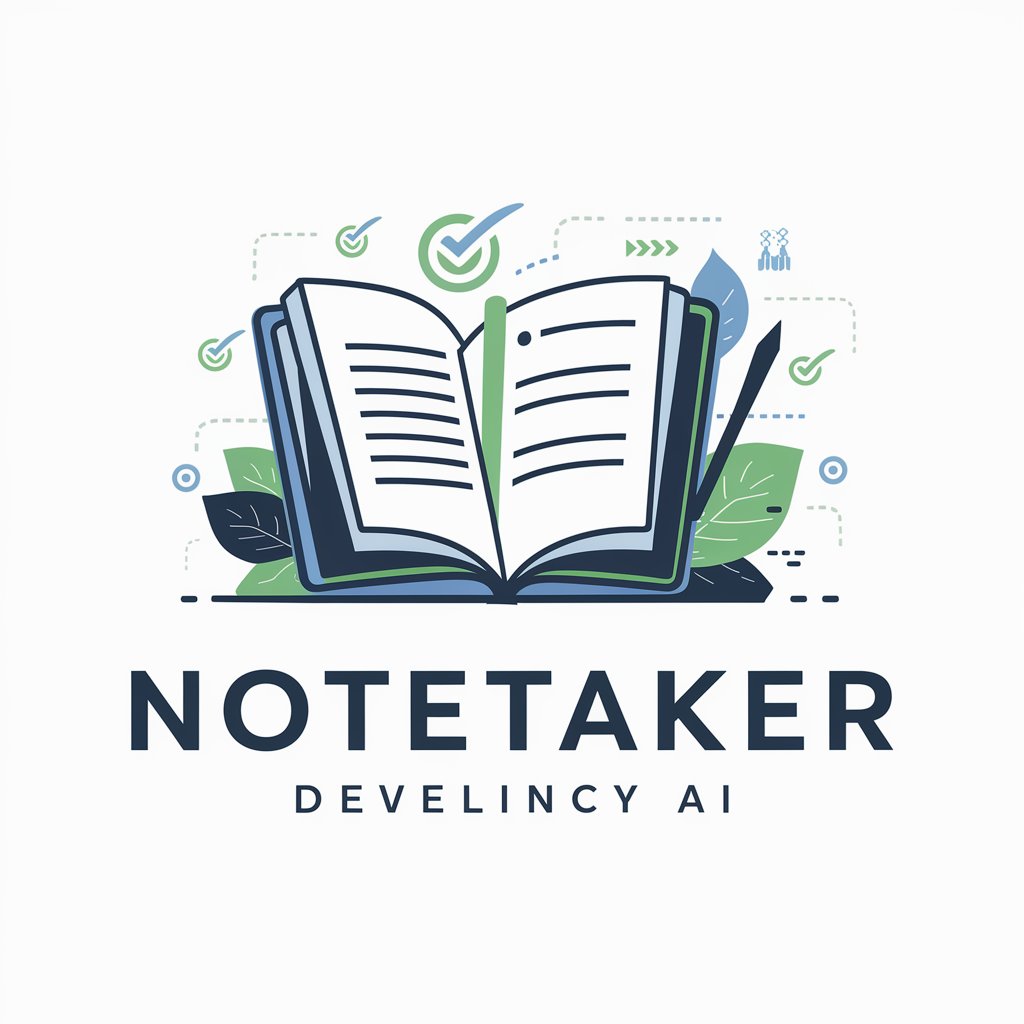
Case Cruncher
Unravel Criminal Mysteries with AI

Accountancy+
Empowering financial decisions with AI
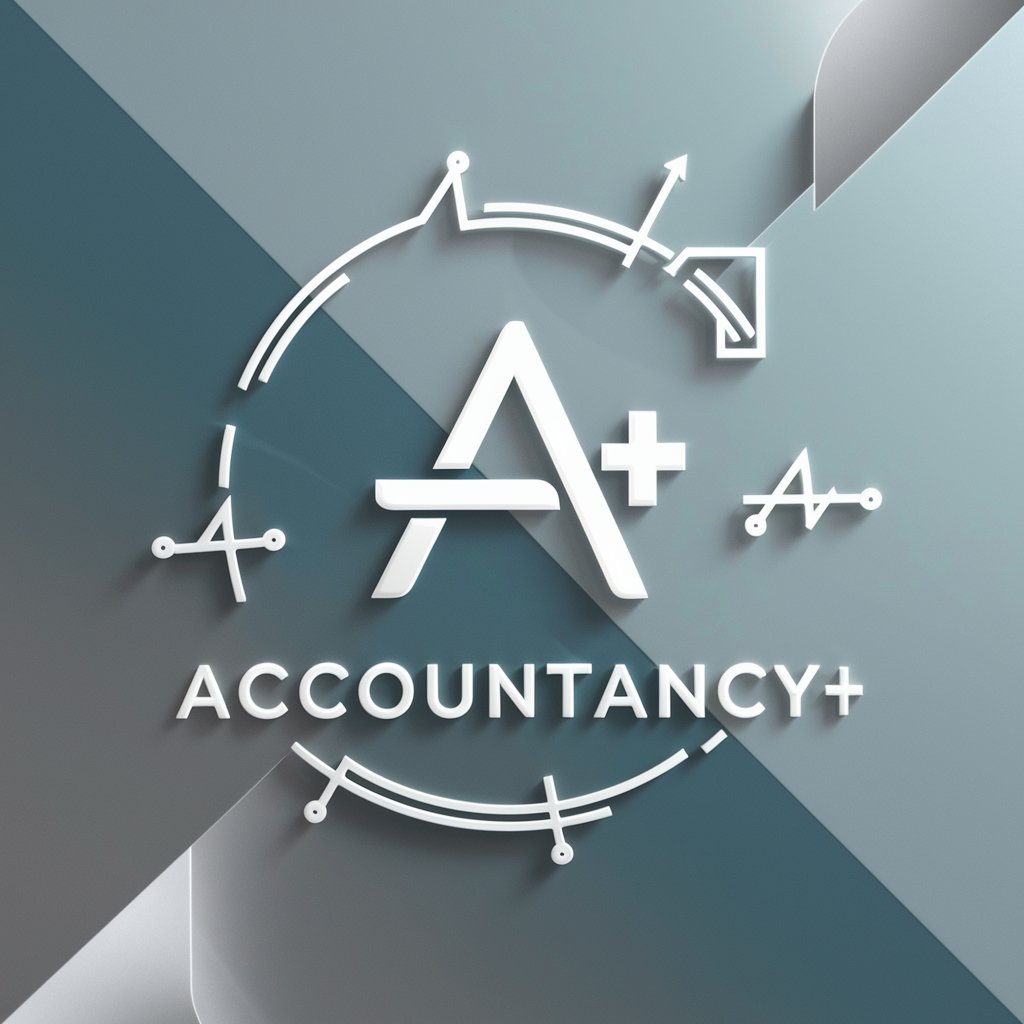
Code Cruncher GPT
Empowering Creativity with AI

Frequently Asked Questions About Knolling Layouts
What is knolling?
Knolling is a method of organizing objects at 90-degree angles or parallel arrangements, usually on a flat surface, to create a visually pleasing grid-like display.
How do I select items for knolling?
Choose items that are visually distinct yet related by function or theme. The consistency in shape, size, and color can enhance the aesthetic appeal.
What surfaces work best for knolling?
A flat, neutral-colored surface, like a white tabletop or a matte-finished area, works best to prevent distractions and highlight the items organized on it.
How can knolling benefit my marketing strategy?
Knolling can create engaging content for marketing, showcasing products in a neat and organized manner that is likely to capture customer interest and improve visual appeal.
Can knolling improve workflow?
Yes, by arranging tools and materials neatly, knolling can streamline work processes, reduce time searching for items, and increase operational efficiency.
